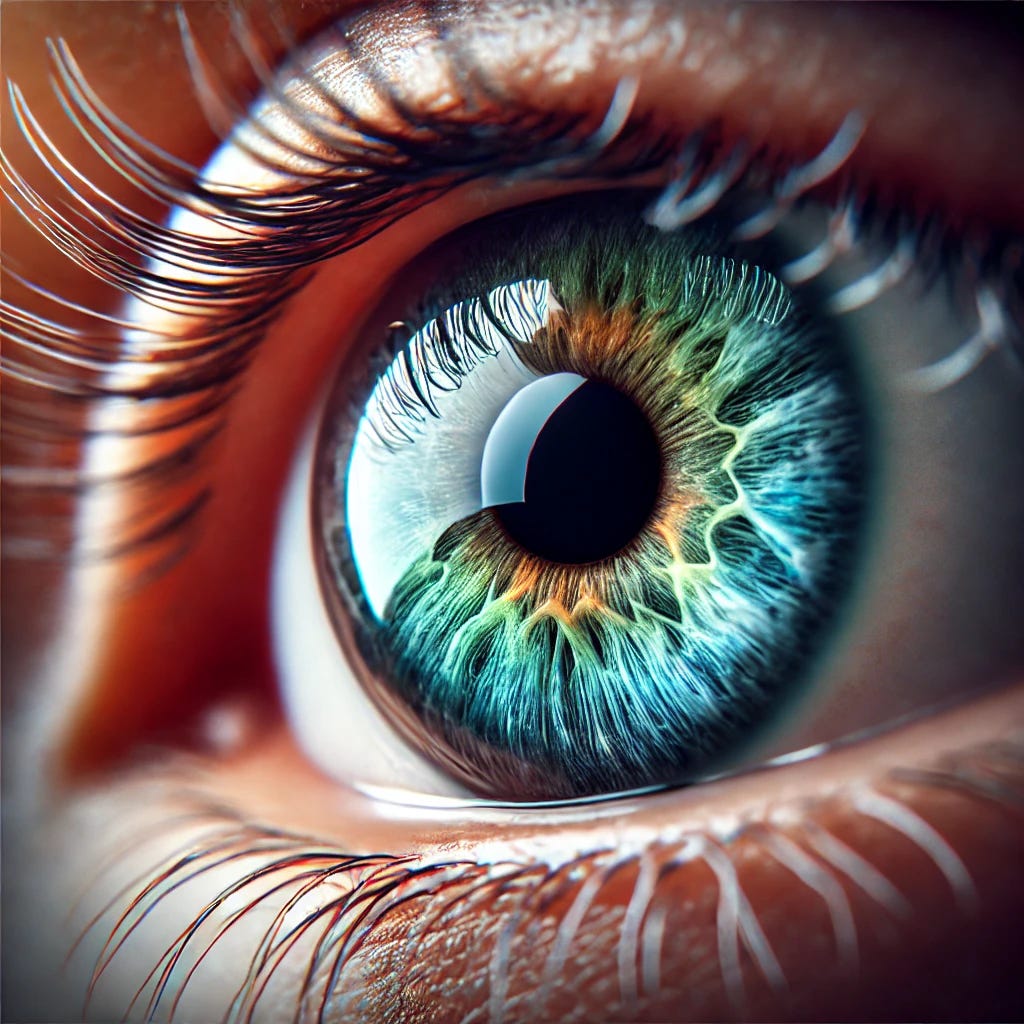As a holistic ophthalmologist with over years of clinical experience, I've witnessed the devastating impact of delayed uveitis diagnosis. While many patients dismiss eye inflammation as temporary irritation, understanding this serious condition could save your vision. This comprehensive guide will help you recognize, understand, and seek appropriate care for uveitis.
What is Uveitis?
Uveitis is a complex inflammatory condition affecting the uvea, the middle layer of your eye wall. This critical structure consists of three main parts:
The iris (the colored part of your eye)
The ciliary body (which produces fluid and helps you focus)
The choroid (a layer of blood vessels that nourishes the retina)
Depending on which part is affected, uveitis is classified into:
Anterior uveitis (iritis): Affecting the front of the eye, this is the most common form
Intermediate uveitis: Inflammation in the middle of the eye
Posterior uveitis: Affecting the back of the eye
Panuveitis: When inflammation occurs throughout all layers
Each type presents different challenges and requires specific treatment approaches.
Beyond the Red Eye: Key Symptoms to Watch For
Uveitis symptoms can vary significantly based on the type and location of inflammation:
Anterior Uveitis Symptoms:
Eye pain that worsens with bright light
Redness concentrated around the iris
Small, irregular pupil
Tearing and squinting
Morning pain and sensitivity
Intermediate Uveitis Symptoms:
Floaters (more numerous than usual)
Blurred or decreased vision
Pain is usually minimal
Vision problems that worsen over weeks
Posterior Uveitis Symptoms:
Vision loss that may be painless
Blind spots in your visual field
Distorted vision
Colors appearing faded
Floating spots that increase over time
Panuveitis Symptoms:
Combination of all above symptoms
Severe vision problems
Significant eye pain
Extreme light sensitivity
The Hidden Danger
The insidious nature of uveitis makes it particularly dangerous. Here's why:
It can progress silently, especially in posterior forms
Permanent damage can occur before symptoms become severe
30% of cases lead to significant vision impairment if untreated
Secondary complications include:
Glaucoma from increased eye pressure
Cataracts from inflammation or treatment
Retinal scarring
Retinal detachment
Macular edema (swelling in the central retina)
The Whole-Body Connection
Understanding uveitis requires a holistic perspective. The condition often reflects systemic health issues:
Autoimmune Conditions:
Rheumatoid arthritis
Ankylosing spondylitis
Multiple sclerosis
Psoriatic arthritis
Behçet's disease
Lupus
Infections:
Herpes viruses (HSV, VZV)
Toxoplasmosis
Tuberculosis
Lyme disease
Syphilis
HIV-related infections
Environmental and Lifestyle Factors:
Chronic stress impact on immune function
Environmental toxins
Nutritional deficiencies
Gut health and inflammation
Sleep quality and immune response




